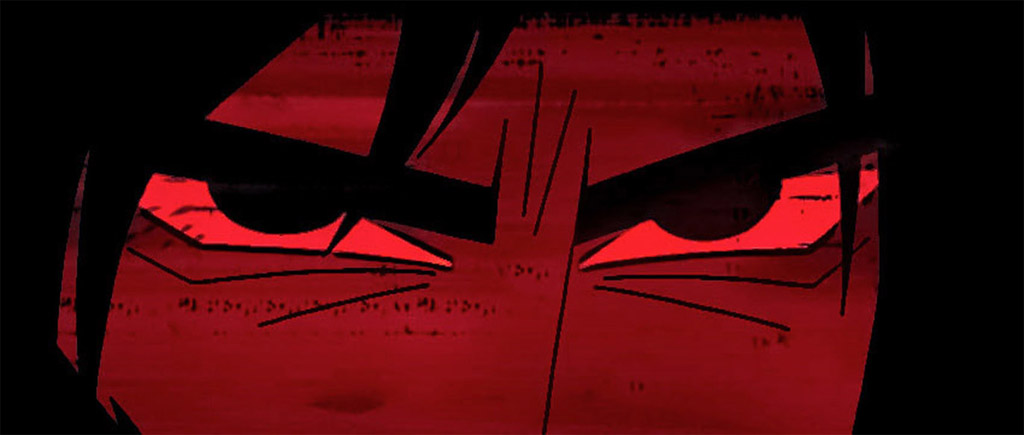For those of you that have been following my blog for a while you know that I have a private, 12 mat dojo on my property. This is a space used for my own TSYR training but for over two years I have also taught aikido to children in this space.
Recently my daughter and another local girl graded for their 6th kyu (yellow belt). I invited my own aikido teacher, Clyde, to be on the grading panel. This was a proud moment for me as I have not spoken to Clyde, face-to-face for a long time. TSYR has become my focus these past years and although aikido is dear to my heart, I don't have the time to practise both martial arts. However, by teaching aikido once a week in my own dojo it is keeping my aikido waza fresh and I feel like I am passing on what my own teacher has taught me and in this way, aikido moves on to the next generation.
The girls were nervous on the day but so was I!
How the girls performed was also a reflection of my own teaching and I didn't want to let my own aikido sensei down. As it turned out, both girls passed their test and Clyde had some positive things to say about their performance.
 |
| My proud yellow belts and Clyde Sutton sensei |
One of the things he mentioned was how both girls moved from their feet. What he was saying was that the girls had good posture and moved strongly using the ground rather than focusing on their arms and shoulders which beginners often do. I was very proud of this comment because I have tried to instil solid principles into the girls' training and not only do I want them to know the appropriate waza for the grading I want to know that principles are being internalised. The fact my sensei could see this was a great achievement.
I also asked sensei for critique and areas we could work on. This became the focus of my next scheduled training session with the girls. Each girl had a point to consider. My own daughter moves very well and this would mostly be from her ballet training (I can't take all the credit for that one) but sensei asked for a more martial approach, ensuring kuzushi at first contact and making her waza more positive. The other girl naturally rounds her shoulders forward, and although she has worked on this she was advised to keep thinking chest up and forward during her practice.
What I really liked was how focused our next normal training session was. The grading had re-set their minds and cemented what they were doing well. The girls moved strongly across the mat with good posture and positive technique.
Now considering these girls are only 11 and 12 years of age, I have the opportunity to turn them into magnificent martial artists provided they keep at it for the next few years.
_somen.jpg)




